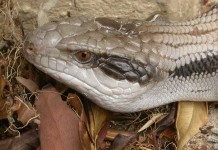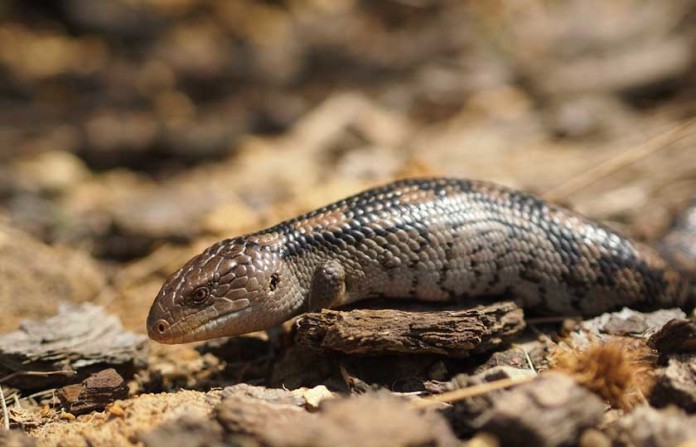Before the start of the breeding process, the first thing that you must do is to weigh your female lizard so that you have a good estimation of weight increase in case of pregnancy. A female blue tongue skink produces around six to nine babies at one point in time but it may be difficult to tell initially if the female lizard is actually pregnant or not.
Sometimes it may happen that the female is overly aggressive and may instead hurt the male during mating. This can be because of a number of reasons; the most common reason is that the female may not be ovulating at the time i.e. it may not be ready for breeding at all. In such situations, the best thing to do is to remove the female from the cage and to wait for her to actually get ready. Sometimes it may happen that the female acts defensively thinking that she is being attacked. In such situations, she may bite or try to scratch the tail or lower back of the male; you can try to calm your female skink down by placing a pencil or pen in her mouth. This will stop per from biting and in a few minutes, she will realize that she is not actually being attacked.
 As the babies grow inside the female, they press against her lungs and cause her breathing to become slow and heavy, this is probably the best symptom of knowing that our lizard is going to have babies real soon. The gestation period for most of the skink lizards last from three to six months (depending on the kind of specie) and during this time, your lizard tends to suffer from sever mood swings. While pregnant, it is your duty to ensure that she is eating well and is taking some diet supplements to keep the babies healthy. The feeding should be increased to once every alternate day and some sort of physical activity should be done with the lizard to keep her in good shape. Near the end, the lizard becomes really fat and her movement becomes slow because of the weight of the babies.
As the babies grow inside the female, they press against her lungs and cause her breathing to become slow and heavy, this is probably the best symptom of knowing that our lizard is going to have babies real soon. The gestation period for most of the skink lizards last from three to six months (depending on the kind of specie) and during this time, your lizard tends to suffer from sever mood swings. While pregnant, it is your duty to ensure that she is eating well and is taking some diet supplements to keep the babies healthy. The feeding should be increased to once every alternate day and some sort of physical activity should be done with the lizard to keep her in good shape. Near the end, the lizard becomes really fat and her movement becomes slow because of the weight of the babies.
It is advisable to remove the newborn babies within twenty-four hours of their birth; otherwise the lizard has the tendency to eat its own babies. Pay special attention to the calcium intake of your female and make sure that you provide per with a natural habitat consisting of the right amount of temperature and sunlight for healthy growth of both the female and the babies.











